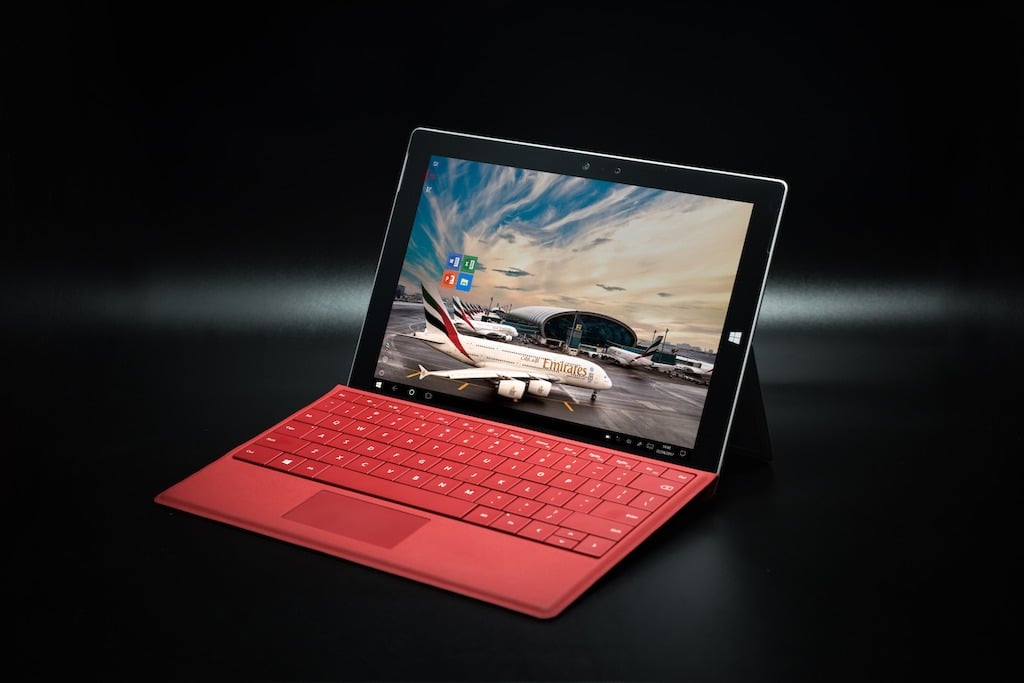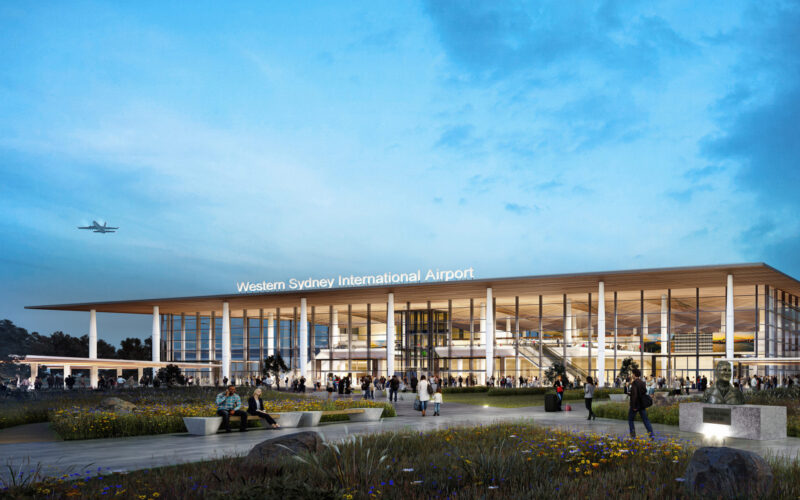Airport
Emirates introduces laptop and tablet handling service for US flights

Enables US-bound passengers to use their laptops and tablets until just before boardingCustomers can continue to use smart phones on board, staying connected with mobile telephone services and free Wi-Fi
Electronics ban does not apply to Emirates’ US-bound flights via Milan and Athens
Passengers encouraged to pack their electronic devices into their check-in luggage, to avoid delays
Dubai, UAE, 23 March 2017 – Emirates will introduce a new service to enable customers to use their laptops and tablet devices until just before they board their flights to the US.
Emirates customers travelling to the US via Dubai will be able to utilise their laptops and tablet devices on the first part of their journeys, and also during transit in Dubai. They must then declare and hand over their laptops, tablets, and other banned electronic devices to security staff at the gate just before boarding their US-bound flight. The devices will be carefully packed into boxes, loaded into the aircraft hold, and returned to the customer at their US destination. There will not be any charge for this service.
Passengers on US-bound flights starting their journeys in Dubai are encouraged to pack their electronic devices into their check-in luggage in the first instance, to avoid delays.
Customers should be aware that there will be a detailed search of all hand baggage on non-stop flights to the US from Dubai. They should therefore declare their devices before the search, or ensure their electronic devices are packed into their check-in luggage in the first instance.
Sir Tim Clark, President Emirates Airline said: “Our aim is to ensure compliance with the new rules, while minimising disruption to passenger flow and impact on customer experience. Our new complimentary service enables passengers, particularly those flying for business, to have the flexibility to use their devices until the last possible moment.
“Once on board they can still stay connected on their mobile phones. Our historical data shows that on Emirates’ US flights, 90% of passengers using our onboard mobile and Wi-Fi connectivity services do so via their smart phones. Only 6% connect via their laptops, and 4% via their tablets. That is not to say that other passengers are not using their devices offline, but perhaps the silver lining to this is that they can now justifiably give themselves a break from their devices, enjoy our onboard service and catch up on the latest movies, music, and TV box sets that we have on offer.”
Emirates is working to ensure that its operations comply with the latest restrictions on electronic devices in the cabin, for when the rules take effect on 25 March. Emirates will deploy extra staff at the airport to ease and assist passengers, especially in the first days of the new rules being implemented.
From Saturday, 25 March, travellers on non-stop flights to the US from Dubai International airport (DXB) will not be allowed to carry any electronic device larger than a cell phone or smartphone, excluding medical devices, into the aircraft cabin. Travellers must pack these electronic devices in their checked-in baggage.
This new security directive, issued by the US Transportation Security Administration (TSA), applies to all passengers travelling on non-stop flights to the US from Dubai, including those in transit. It does not apply to passengers travelling on Emirates’ US-bound flights via Milan and Athens, or Emirates flights to/from any other destination.

Airport
Western Sydney Airport Welcomes Its First Plane After 6 Years of construction

In a historic milestone for Australia’s aviation sector, the first plane has officially taken off and landed at Western Sydney Airport after six years of construction, much to the delight of a small but enthusiastic group of dedicated planespotters.
A test pilot made the inaugural landing using a Piper PA-30 Twin Comanche, successfully completing a series of take-off and landing runs on the newly built tarmac. This crucial test paves the way for larger passenger aircraft, which are expected to start using the runway in two years.
Virgin Atlantic Introduces Sign Language Crew Booking for Inclusive Flights
The Piper PA-30 was employed to assess the airport’s approximately 3,000 Aeronautical Ground Lights (AGLs) by executing operations in various conditions, including daylight, dusk, and evening. This testing ensures that the lighting system is fit for purpose and ready to welcome aircraft when the airport opens to commercial flights in late 2026.
The pilot also highlighted that the rapid exit taxiways have been designed at a 45-degree angle, allowing for quicker transitions on and off the runway. Once operational, the airport will feature a single runway capable of handling up to 10 million passengers annually right from day one.
Qatar Airways Launches new Flights From Doha To Toronto
As the construction phase nears completion, the airport’s main terminal, apron, and supporting infrastructure will be ready to accommodate around 81,000 flights each year. This milestone marks a significant moment for Western Sydney Airport, the first new airport to open in Australia since Melbourne’s Tullamarine Airport more than two decades ago.
Major airlines, including Qantas and Jetstar, have already committed to operating from the 24/7 facility, signaling strong support for this new hub. By 2033, the airport aims to handle up to 10 million passengers and facilitate extensive air traffic movements annually.
-

 Aviation2 months ago
Aviation2 months agoBoeing confirms 797: A New Era for Mid-Size Aircraft
-

 Aviation2 months ago
Aviation2 months agoMicrosoft Flight Simulator Raises $3 Million to Bring Back the An-225 Mriya
-

 Aviation2 months ago
Aviation2 months agoLockheed and Tata Team Up to Build C-130J MRO Facility in India
-

 Airlines2 months ago
Airlines2 months agoQantas Engineers Stage Walkout Over Cost of Living Concerns
-

 Airlines2 months ago
Airlines2 months agoQatar Citizens Can Travel to the United States Without a Visa
-

 Aviation2 months ago
Aviation2 months agoBoeing Offers 25% Pay Increase & Promise to Build Next Plane in Seattle
-

 Aviation2 months ago
Aviation2 months agoQatar Airways bans these new Electronic Devices on plane
-

 Airlines2 months ago
Airlines2 months agoEmirates Ends 28-Year Singapore-Melbourne Fifth Freedom Route








